Intro
Identify Dengue Fever Symptoms, including fever, headache, and joint pain, and learn about diagnosis, treatment, and prevention of this mosquito-borne illness, also known as Breakbone Fever.
Dengue fever is a mosquito-borne illness that affects millions of people worldwide, particularly in tropical and subtropical regions. The disease is caused by the dengue virus, which is transmitted through the bite of an infected Aedes mosquito. Understanding the symptoms of dengue fever is crucial for early diagnosis and treatment, as it can help prevent complications and reduce the risk of mortality. In this article, we will delve into the importance of recognizing dengue fever symptoms and explore the various aspects of the disease.
Dengue fever is a significant public health concern, with the World Health Organization (WHO) estimating that there are approximately 390 million cases of dengue infection worldwide each year. The disease can cause a range of symptoms, from mild to severe, and can be life-threatening if left untreated. Early recognition of symptoms is essential for seeking medical attention and receiving prompt treatment. Moreover, understanding the symptoms of dengue fever can help individuals take preventive measures to reduce their risk of infection.
The symptoms of dengue fever can vary from person to person, but they typically include a combination of fever, headache, joint pain, and rash. In some cases, the disease can cause more severe symptoms, such as bleeding, low blood platelet count, and blood plasma leakage. It is essential to recognize these symptoms and seek medical attention immediately if they occur. Furthermore, understanding the working mechanisms of the disease and the steps involved in diagnosis and treatment can help individuals navigate the healthcare system and receive the best possible care.
Dengue Fever Symptoms and Diagnosis

The symptoms of dengue fever typically begin within 3 to 14 days after the bite of an infected mosquito. The initial symptoms may include:
- High fever
- Severe headache
- Pain behind the eyes
- Joint pain or muscle pain
- Rash
- Nausea and vomiting
- Fatigue
In some cases, the disease can cause more severe symptoms, such as:
- Bleeding from the nose, gums, or under the skin
- Low blood platelet count
- Blood plasma leakage
- Shock
Diagnosing dengue fever can be challenging, as the symptoms are similar to those of other diseases. A healthcare professional may use a combination of physical examination, medical history, and laboratory tests to diagnose the disease. The laboratory tests may include:
- Blood tests to detect the presence of the dengue virus or antibodies
- Complete blood count (CBC) to check for low blood platelet count
- Liver function tests to check for liver damage
Types of Dengue Fever
There are four serotypes of the dengue virus, and infection with one serotype does not provide immunity against the other serotypes. The four serotypes are: * DEN-1 * DEN-2 * DEN-3 * DEN-4Infection with one serotype can increase the risk of severe disease if the individual is infected with a different serotype in the future.
Dengue Fever Treatment and Management
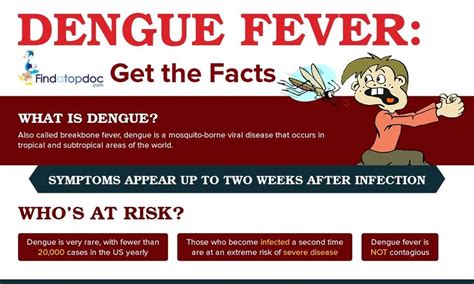
There is no specific treatment for dengue fever, but early recognition and management of symptoms can help prevent complications and reduce the risk of mortality. The treatment may include:
- Rest and hydration
- Pain relief medication, such as acetaminophen or ibuprofen
- Monitoring of blood platelet count and liver function
- Hospitalization in severe cases
In addition to medical treatment, there are several steps that individuals can take to manage their symptoms and prevent complications. These steps include:
- Getting plenty of rest
- Drinking plenty of fluids to stay hydrated
- Avoiding strenuous activities
- Avoiding mosquito bites to prevent transmission of the disease to others
Prevention and Control
Preventing dengue fever requires a combination of individual and community efforts. Some of the ways to prevent the disease include: * Using insect repellents, such as DEET or picaridin * Wearing protective clothing, such as long-sleeved shirts and pants * Eliminating breeding sites, such as standing water and trash * Using mosquito nets or screens on windows and doors * Participating in community-based initiatives to control mosquito populationsDengue Fever Complications and Risks
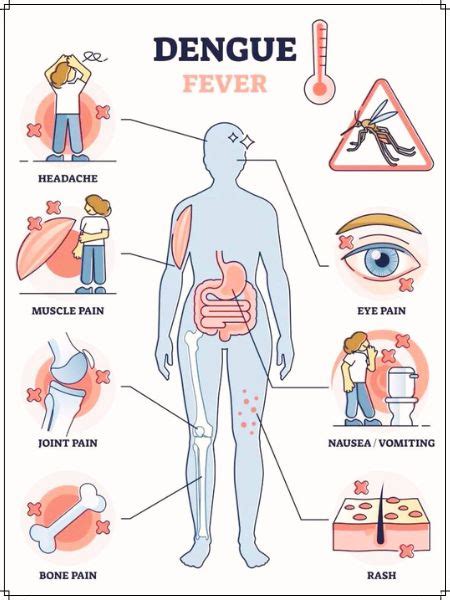
Dengue fever can cause several complications, including:
- Dengue hemorrhagic fever (DHF)
- Dengue shock syndrome (DSS)
- Liver damage
- Kidney damage
- Respiratory failure
The risk of complications is higher in certain individuals, such as:
- Children under 15 years old
- Adults over 60 years old
- Pregnant women
- Individuals with underlying medical conditions, such as diabetes or heart disease
Risk Factors
Several factors can increase the risk of dengue fever, including: * Living in areas with high mosquito populations * Traveling to areas with high dengue fever incidence * Having a weakened immune system * Having a history of dengue fever infection * Being pregnant or breastfeedingDengue Fever Vaccination and Prevention

There are several vaccines available to prevent dengue fever, including:
- Dengvaxia
- Takeda's Qdenga
- Sanofi's CYD-TDV
These vaccines are approved for use in individuals aged 9-45 years old and have been shown to be effective in preventing dengue fever in clinical trials. However, the vaccines are not 100% effective, and individuals should still take preventive measures to reduce their risk of infection.
Future Directions
Researchers are working to develop new vaccines and treatments for dengue fever. Some of the future directions include: * Developing vaccines that are effective against all four serotypes of the dengue virus * Developing treatments that can reduce the severity of symptoms and prevent complications * Developing diagnostic tests that can quickly and accurately diagnose dengue feverDengue Fever and Global Health
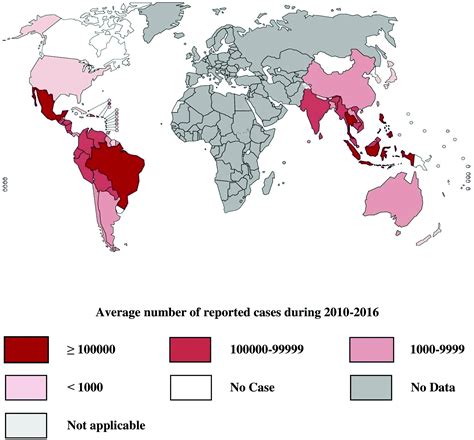
Dengue fever is a significant public health concern, with the WHO estimating that there are approximately 390 million cases of dengue infection worldwide each year. The disease can have a significant impact on global health, particularly in areas with limited resources and inadequate healthcare infrastructure.
Global Response
The global response to dengue fever includes: * Developing and implementing effective prevention and control strategies * Improving diagnostic capabilities and treatment options * Increasing awareness and education about the disease * Enhancing international collaboration and coordination to combat the diseaseDengue Fever and Economic Impact
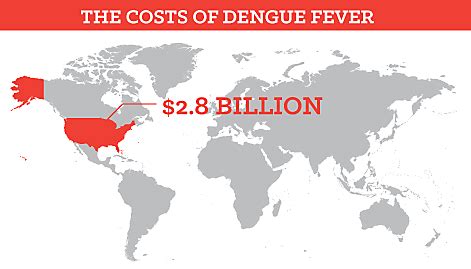
Dengue fever can have a significant economic impact, particularly in areas with high incidence rates. The economic burden of the disease includes:
- Direct medical costs, such as hospitalization and treatment
- Indirect costs, such as lost productivity and income
- Costs associated with prevention and control measures, such as insecticides and vaccines
Economic Burden
The economic burden of dengue fever is significant, with estimates suggesting that the disease costs approximately $8.9 billion annually in the Americas alone. The economic burden of the disease can be reduced by implementing effective prevention and control strategies, improving diagnostic capabilities and treatment options, and increasing awareness and education about the disease.Dengue Fever and Climate Change
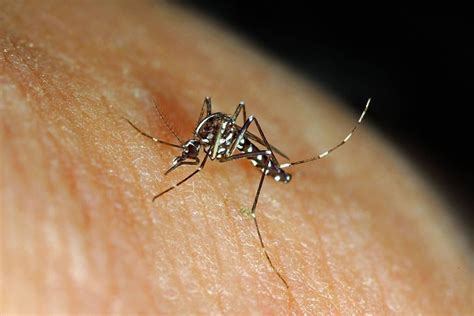
Climate change can have a significant impact on the spread of dengue fever, as warmer temperatures and changing precipitation patterns can increase the population and range of the Aedes mosquito. This can lead to an increase in the number of cases and the severity of symptoms.
Climate Change and Mosquito Populations
Climate change can affect mosquito populations in several ways, including: * Increasing the temperature and humidity, which can increase the population and range of the Aedes mosquito * Changing precipitation patterns, which can increase the number of breeding sites and the population of the Aedes mosquito * Altering the distribution and prevalence of the dengue virus, which can increase the risk of infectionDengue Fever and Public Awareness
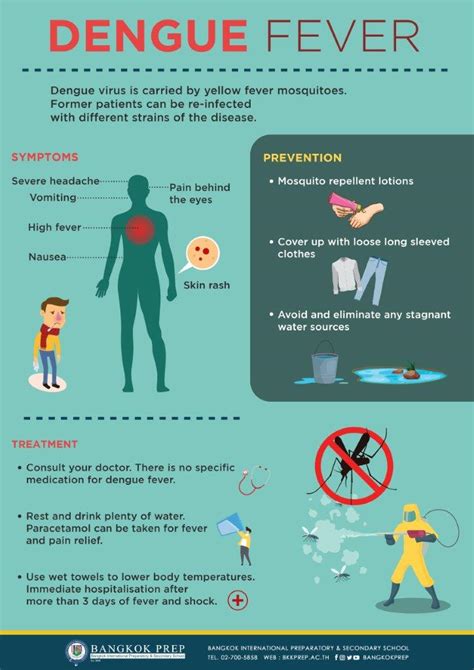
Public awareness is crucial in preventing and controlling dengue fever. Increasing awareness and education about the disease can help individuals take preventive measures, such as eliminating breeding sites and using insect repellents. Additionally, public awareness campaigns can help reduce the stigma associated with the disease and encourage individuals to seek medical attention if they experience symptoms.
Public Awareness Campaigns
Public awareness campaigns can include: * Educating individuals about the symptoms and risks of dengue fever * Promoting preventive measures, such as eliminating breeding sites and using insect repellents * Encouraging individuals to seek medical attention if they experience symptoms * Providing information about the disease and its impact on global healthWhat are the symptoms of dengue fever?
+The symptoms of dengue fever include high fever, severe headache, pain behind the eyes, joint pain or muscle pain, rash, nausea and vomiting, and fatigue.
How is dengue fever diagnosed?
+Dengue fever is diagnosed through a combination of physical examination, medical history, and laboratory tests, such as blood tests and complete blood count (CBC).
What is the treatment for dengue fever?
+There is no specific treatment for dengue fever, but early recognition and management of symptoms can help prevent complications and reduce the risk of mortality. The treatment may include rest and hydration, pain relief medication, monitoring of blood platelet count and liver function, and hospitalization in severe cases.
How can dengue fever be prevented?
+Dengue fever can be prevented through a combination of individual and community efforts, including using insect repellents, wearing protective clothing, eliminating breeding sites, using mosquito nets or screens on windows and doors, and participating in community-based initiatives to control mosquito populations.
What are the complications of dengue fever?
+Dengue fever can cause several complications, including dengue hemorrhagic fever (DHF), dengue shock syndrome (DSS), liver damage, kidney damage, and respiratory failure.
We hope that this article has provided you with a comprehensive understanding of dengue fever symptoms, diagnosis, treatment, and prevention. By recognizing the symptoms of dengue fever and taking preventive measures, individuals can reduce their risk of infection and help prevent the spread of the disease. We encourage you to share this article with others and to take action to prevent dengue fever in your community. Together, we can work towards a future where dengue fever is no longer a significant public health concern. If you have any questions or comments, please feel free to leave them below.
